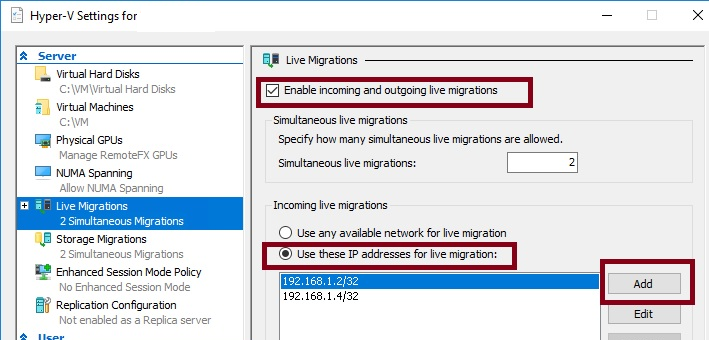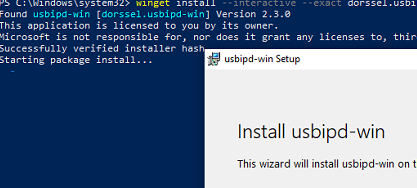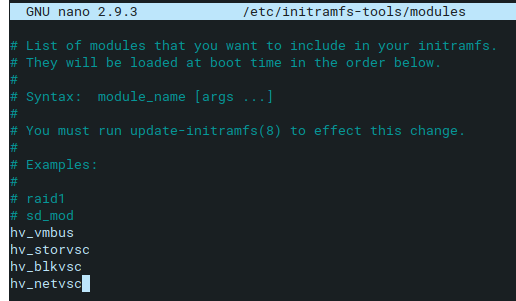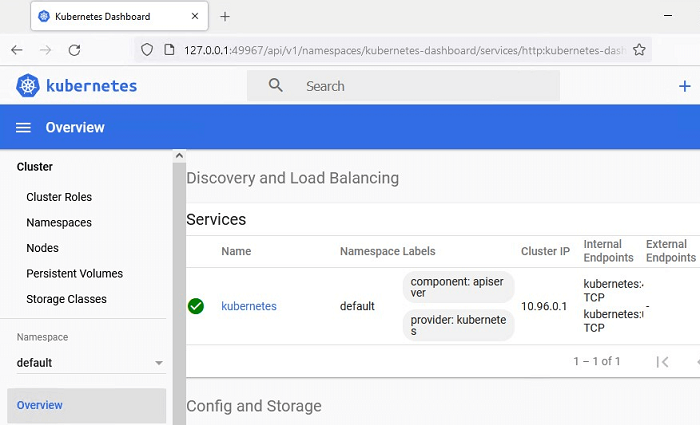The Live Migration feature in Hyper-V allows you to migrate a running virtual machine between hosts with almost no downtime. Initially, Live Migration in Hyper-V was only available as part of a Windows failover cluster with CSV shared storage. Starting with Windows Server 2012, Hyper-V Live Migration doesn’t require a cluster and shared storage. To migrate VMs, Hyper-V hosts need to be connected using a fast shared Ethernet network. This type of migration is called a Shared-nothing live migration.
Continue reading “Move Hyper-V VMs Between Hosts Using Live Migration”





